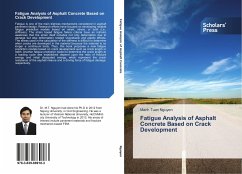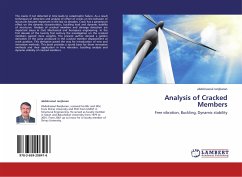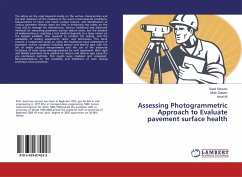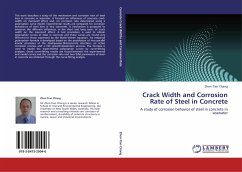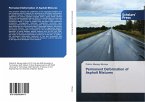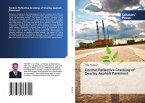Fatigue is one of the main distress mechanisms considered in asphalt pavement design. Research efforts have focused on developing reliable fatigue prediction models based on strain, stress, or both (i.e., stiffness). The strain based fatigue failure criteria have an intrinsic weakness that the strain itself includes not only deformation due to damage but also deformation related viscoelastic and plastic effects. The stress used in the calculation of the stiffness is difficult to determine when cracks are developed in the material because the material is no longer a continuum body. Thus, this book proposes a new fatigue prediction models based on crack development such as crack length or width. Another fatigue prediction model to determine the crack length at a loading cycle was established depend upon the ratio of fracture energy and initial dissipated energy, which represent the crack resistance of the asphalt mixture and a driving force of fatigue damage, respectively.
Bitte wählen Sie Ihr Anliegen aus.
Rechnungen
Retourenschein anfordern
Bestellstatus
Storno

